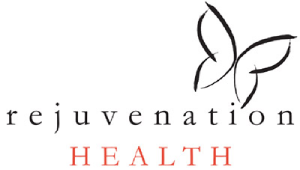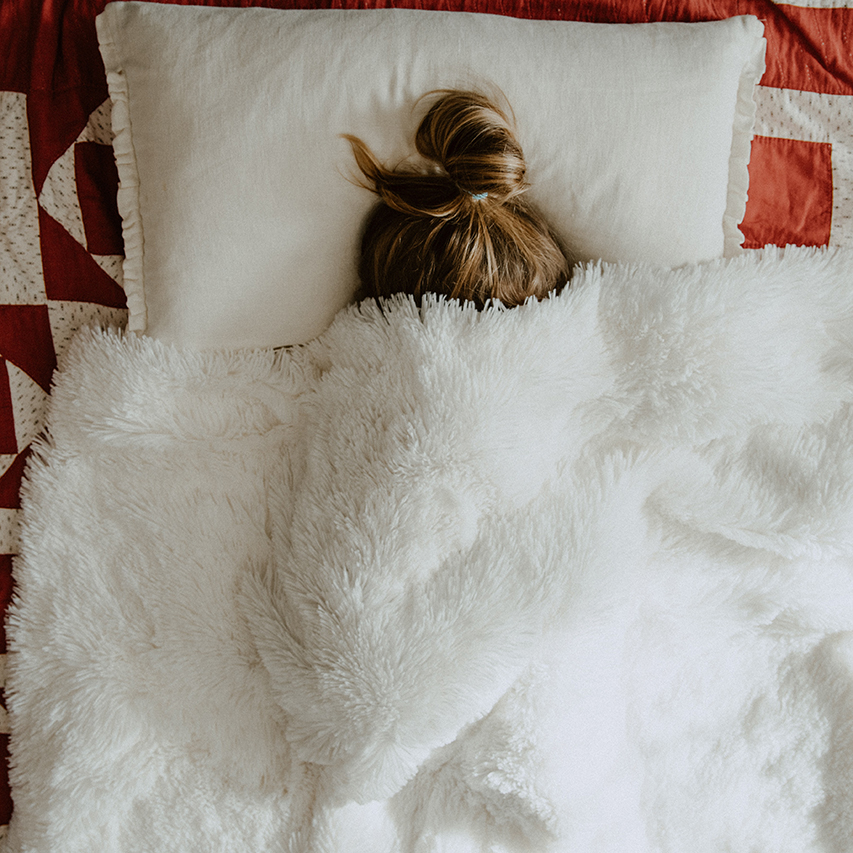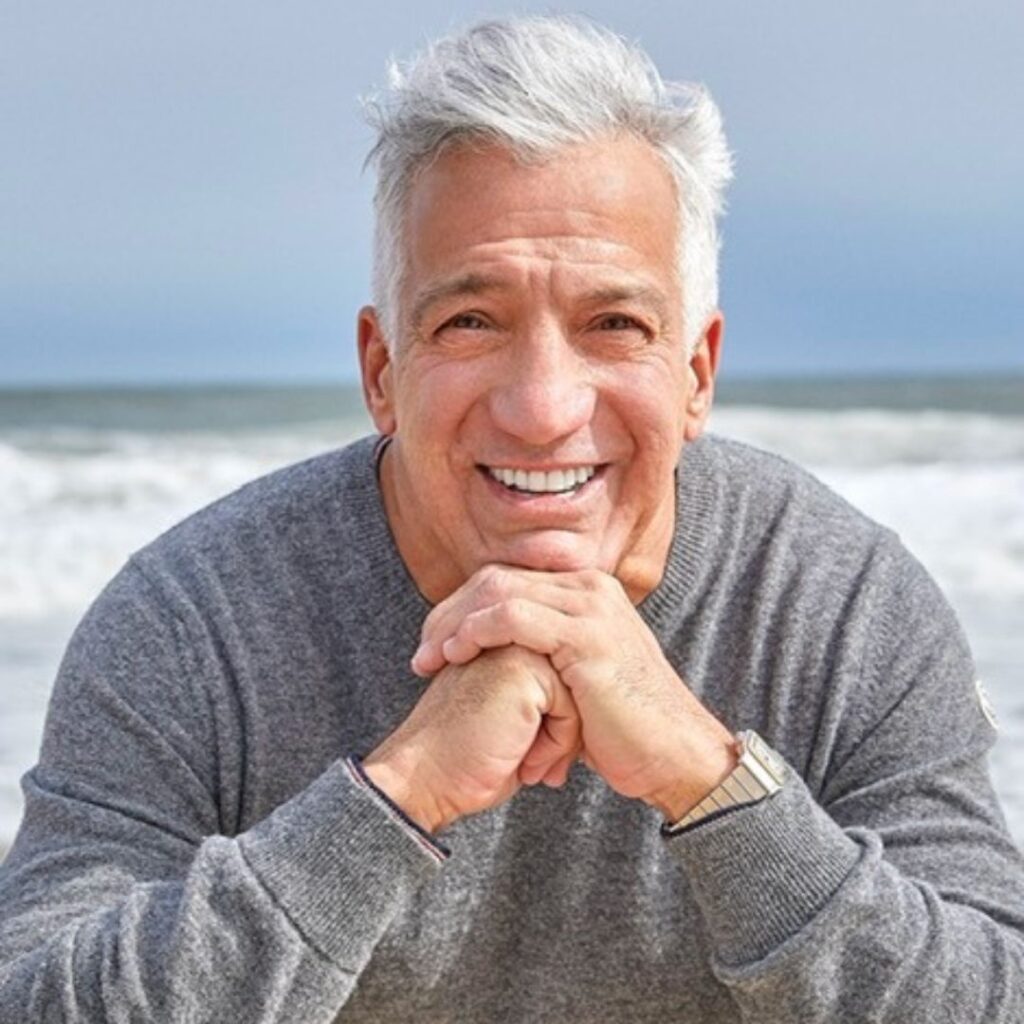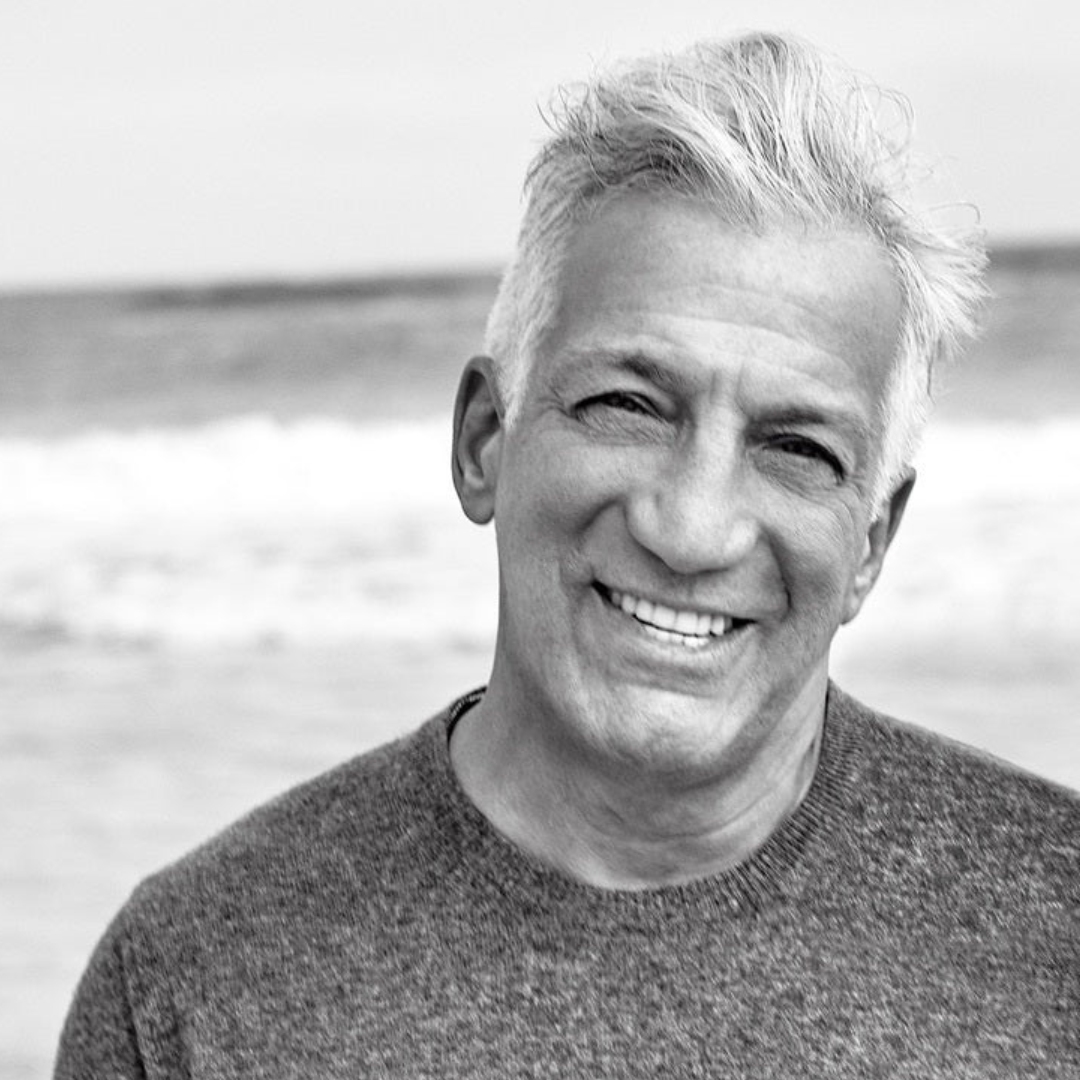Sleep-disordered breathing (SDB) is the general term for any problems with breathing during sleep. SDBs include a number of conditions, but the most common is sleep apnea.
Are sleep-disordered breathing and sleep apnea the same? Sleep apnea is a kind of sleep-disordered breathing. Other blockages to the upper airway are not considered sleep apnea, although they do cause SDB.
Sleep apnea is the most severe sleep-related breathing disorder and affects both children and adults. There are 3 main types of sleep apnea: obstructive sleep apnea (OSA), central sleep apnea (CSA), and mixed sleep apnea (a combination of the 2). OSA is the most common.
Hypopnea is a similar condition that results in shallow breathing throughout the night caused by a partial blockage.
Sleep apnea and similar sleeping conditions in children are not diagnosed as frequently as in adults. They can be difficult to catch early on in children as many symptoms are self-reported.
Symptoms of Pediatric & Adult SDB
The primary symptom of both pediatric and adult SDB is difficulty breathing throughout the night.
Can sleeping disorders cause breathing problems? Sleeping disorders can cause not only breathing problems but also lapses in breathing throughout the night while you sleep. This can lead to various conditions down the line, including behavioral problems and quality of life issues.
Symptoms of pediatric sleep disordered breathing mimic sleep apnea symptoms. They include:
- Loud snoring: In general, snoring is always present in SDB cases. If a sleep disorder causes blockages to a child’s airway, snoring can be accompanied by loud gasps or snorts.
- Noisy breathing: Noisy breathing may be evident during the day as well as at night. Children who sleep with their mouths open vs. nasal breathing often have underlying conditions causing poor airway health.
- Bedwetting: SDB can be a cause of bedwetting, or enuresis. In some cases, a sleep disorder may cause an increase in urine production, which makes it more likely that a child has difficulty waking up in time.
- Behavioral problems: Reduced sleep can lead to behavioral changes in a child that include hyperactivity and increased aggression.
- Restless sleep: Restless sleep means a child is missing out on complete sleep cycles. A child that wakes up multiple times throughout the night due to breathing difficulties will likely feel those effects the next day.
- Learning challenges: Fatigue can result in learning challenges at school or difficulty paying attention to daily lessons. Researchers are studying whether sleep disorders mimic attention-deficit/hyperactivity disorder (ADHD) or even cause it.
- Weight gain: Children who feel lethargic due to a lack of good sleep throughout the night may get less physical activity throughout the day, leading to weight gain.
In addition to loud snoring, symptoms of adult SDB include:
- Fatigue: Excessive daytime sleepiness can make it difficult to function and complete daily tasks, and often causes morning headaches. SDB can also coexist with insomnia.
- Nocturia: Adults may experience a more frequent urge to urinate throughout the night, impacting the sleep-wake cycle.
- Sexual dysfunction: There is a common link between sleep disorders and erectile or urological disorders in men.
- Cardiovascular problems: Left unchecked, SDB and severe obstructive sleep apnea are risk factors for serious heart conditions. Hypertension, heart failure, and stroke are all concerns with any sleep disorders.
Causes of Sleep Disordered Breathing
Obstruction of the upper airway causes SDB during sleep. The type of obstruction varies, and some causes are more common in children than adults. Generally, an underlying condition should be addressed for long-term relief.
Enlarged tonsils and adenoids
Enlarged tonsils and adenoids are a common cause of SDB and sleep apnea in children. These glands at the back and sides of the throat may become enlarged due to infection or abnormal growth. That can cause a blockage to the upper airway and sleep condition symptoms.
Tongue and facial abnormalities
Conditions like tongue tie and craniofacial syndromes that affect the structure of the face and the mandibular area, or lower jaw, are often predictors for sleep conditions diagnosed in children.
Genetic disorders and syndromes that put children at a higher risk for sleep problems include but are not limited to:
- Down syndrome
- Pierre Robin syndrome
- Mucopolysaccharidosis
- Prader-Willi syndrome
- Achondroplasia
In adults, upper airway resistance is often caused by an enlarged tongue or not enough room in the mouth for the tongue. A common treatment for that condition is a DNA appliance, or Daytime Nighttime Appliance. This is a customized orthodontic device that makes more room for your tongue.
A whole-body dental practice like Rejuvenation Dentistry can send you home with a DNA appliance and long-term relief.
Neuromuscular and nervous system disorders
Some neuromuscular disorders and diseases affect the stability of the upper airway. These include muscular dystrophy, myopathies, and autoimmune diseases like myasthenia gravis. Children and adults with these conditions are at higher risk for sleep-disordered breathing.
Clinical trial studies researching the pathogenesis of these disorders have found issues with sleep contribute to the morbidity of patients in the general population with these conditions.
Nervous system disorders like multiple sclerosis or those with a history of stroke are also at a higher risk for sleep-disordered breathing.
Obesity
Obesity is one of the most common causes of sleep-disordered breathing in both children and adults.
Physically, carrying more weight around the neck, throat, and thorax puts patients at higher risk for blockages to the airway while they sleep. Obesity can also cause vascular or respiratory conditions that make sleep-disordered breathing worse.
One example is chronic hypoventilation, or hypoxemia. This is more common in patients with existing lung diseases like chronic obstructive pulmonary disease (COPD), often seen in obese adults. COPD is also often diagnosed alongside obstructive sleep apnea.
Lifestyle changes that include diet and exercise may be one of the first long-term steps a physician suggests with any sleep disorder symptoms.
Treatments
There is some variability in treatments depending on the exact condition and symptoms a patient is experiencing. Some may be more suitable for adults, while others are more common for children.
Treating the symptoms as well as the underlying causes of sleep-disordered breathing is essential for long-term wellness. Patients with unchecked sleeping disorders are at an increased risk for cardiovascular concerns, such as congestive heart failure and hypertension.
DNA Oral Appliance
A DNA oral appliance is an FDA-approved method for the treatment of sleep apnea. It works by reshaping the arches inside your mouth to make more room for your tongue and operates just like a retainer.
It’s adjustable, painless, and temporary, making it a manageable treatment option for children and adults suffering from sleep conditions caused by blockages to the upper airway.
DNA appliances can be a permanent cure for sleep apnea rather than a long-term treatment in some cases.
CPAP Therapy
Continuous positive airway pressure therapy (CPAP) is a common treatment for sleep apnea and related conditions in adult patients, but it is less commonly used in children. Automatic positive airway pressure (APAP) is an alternative therapy that adjusts pressure throughout sleep.
Both work as facial or nasal masks, which may be uncomfortable in juvenile patients and cause some side effects after long-term use. This makes these therapies a less successful solution long-term.
Surgery
Your doctor may recommend surgery to improve airflow to the upper airway or remove an airway obstruction. An adenotonsillectomy is a more common strategy in children where enlarged adenoids and tonsils obstruct airflow.
Medications
A physician may prescribe medications to treat underlying conditions responsible for your sleep disordered breathing. Nasal steroids and asthma medications may reduce congestion that causes loud snoring and sleep problems.
It is important to note that most medications are a short-term solution and can only mask symptoms related to sleep-disordered breathing. Talk to your doctor if you are already on medications, as some can actually worsen your symptoms.
Lifestyle Changes
Weight loss is often recommended as a long-term strategy toward battling sleep-disordered breathing problems. However, it isn’t the only lifestyle change that can promote better sleep,
Changes to sleeping patterns, particularly in children, may also be recommended to combat daytime fatigue. Adults should refrain from alcohol and smoking, as both can worsen sleep disordered breathing.
Addressing stress or mental health concerns in children and adults can also help to improve sleep patterns and reduce symptoms. Adults should hold off taking sleep meds while identifying the cause of their symptoms.
How to Diagnose
Physicians use a variety of tools to diagnose sleep-disordered breathing. The prevalence of sleep apnea as the most common condition means many of the tools used to evaluate a child and adult for sleep problems are similar to sleep apnea tests.
Physical Exam
A physician will first examine any physical reasons for sleep-disordered breathing. That includes looking for any enlarged soft tissues in the mouth and conducting the type of testing patients expect at an annual physical.
Expect a complete family history and a closer look at existing conditions, including any already described as predictors for SDB.
If surgery is on the table, your doctor may order imaging scans to get a better look at obstructions to your upper airway.
Screening Questionnaires
Screening tools are used most often in adult patients who are better able to self-report symptoms of a possible sleep condition.
These can include the Epworth Sleepiness Scale, which asks questions about daytime sleepiness, and disorder-specific questionnaires if a doctor believes you’re at risk for a condition.
Sleep Studies
Providers order sleep studies, either in-home or in-lab, to better understand a patient’s sleep cycle.
Polysomnography (PSG) is a comprehensive sleep study that watches for high blood pressure (with a focus on systolic blood pressure), brain activity, and changes in heart rhythm. Sensors monitor your breathing rate and oxygen desaturation levels to watch for any respiratory disturbance.
The results of these kinds of studies are called polysomnograms. Often, patients need to have a follow-up study completed before a diagnosis is reached.
Sleep-disordered breathing can be managed. In the case of obstructive sleep apnea, the tools are out there to dramatically reduce symptoms and even cure your sleep apnea.
Set up your appointment with Rejuvenation Dentistry in East Hampton or Manhattan. You or your child can sleep better.




